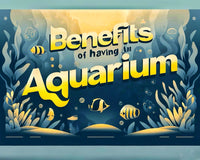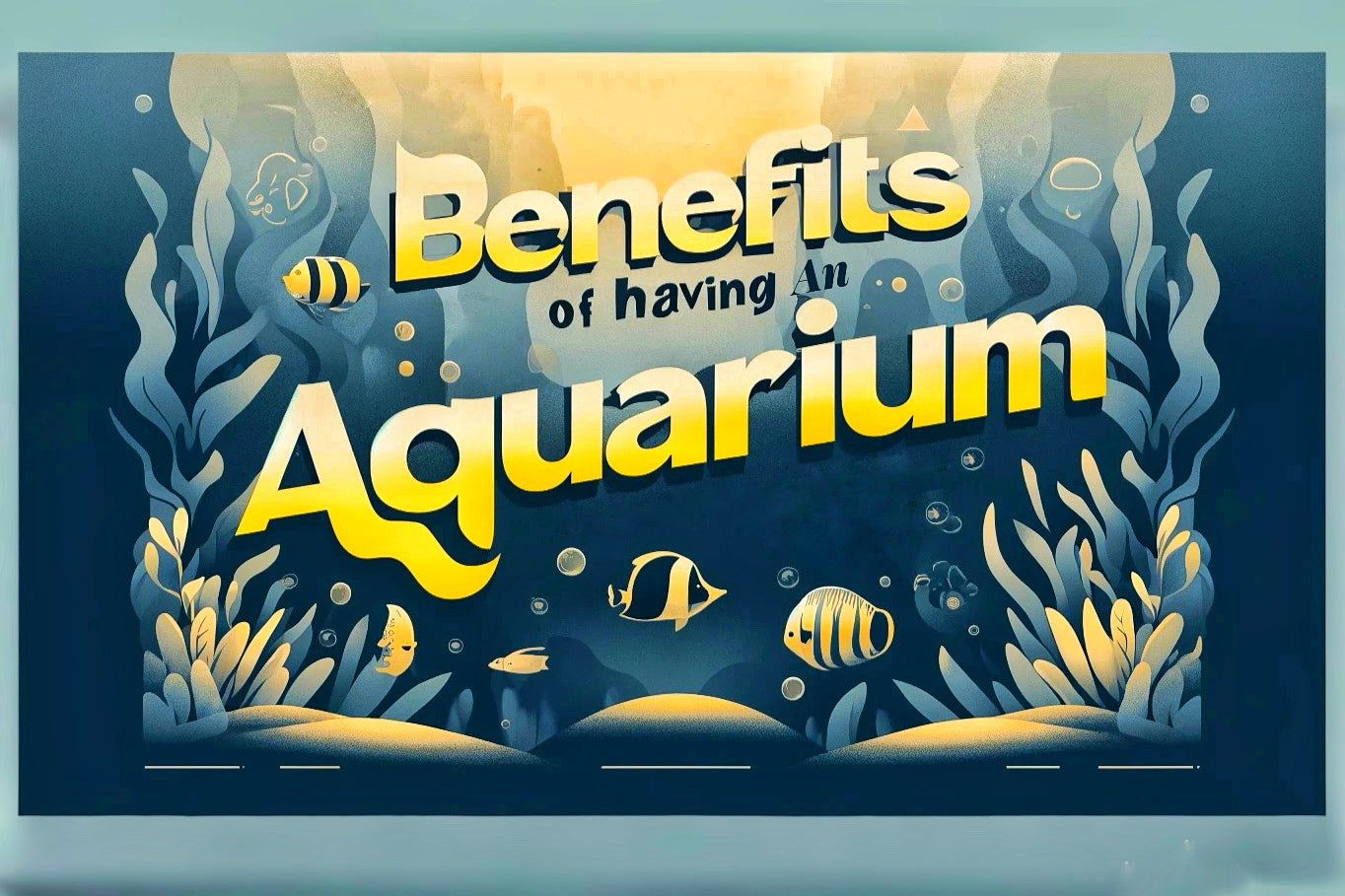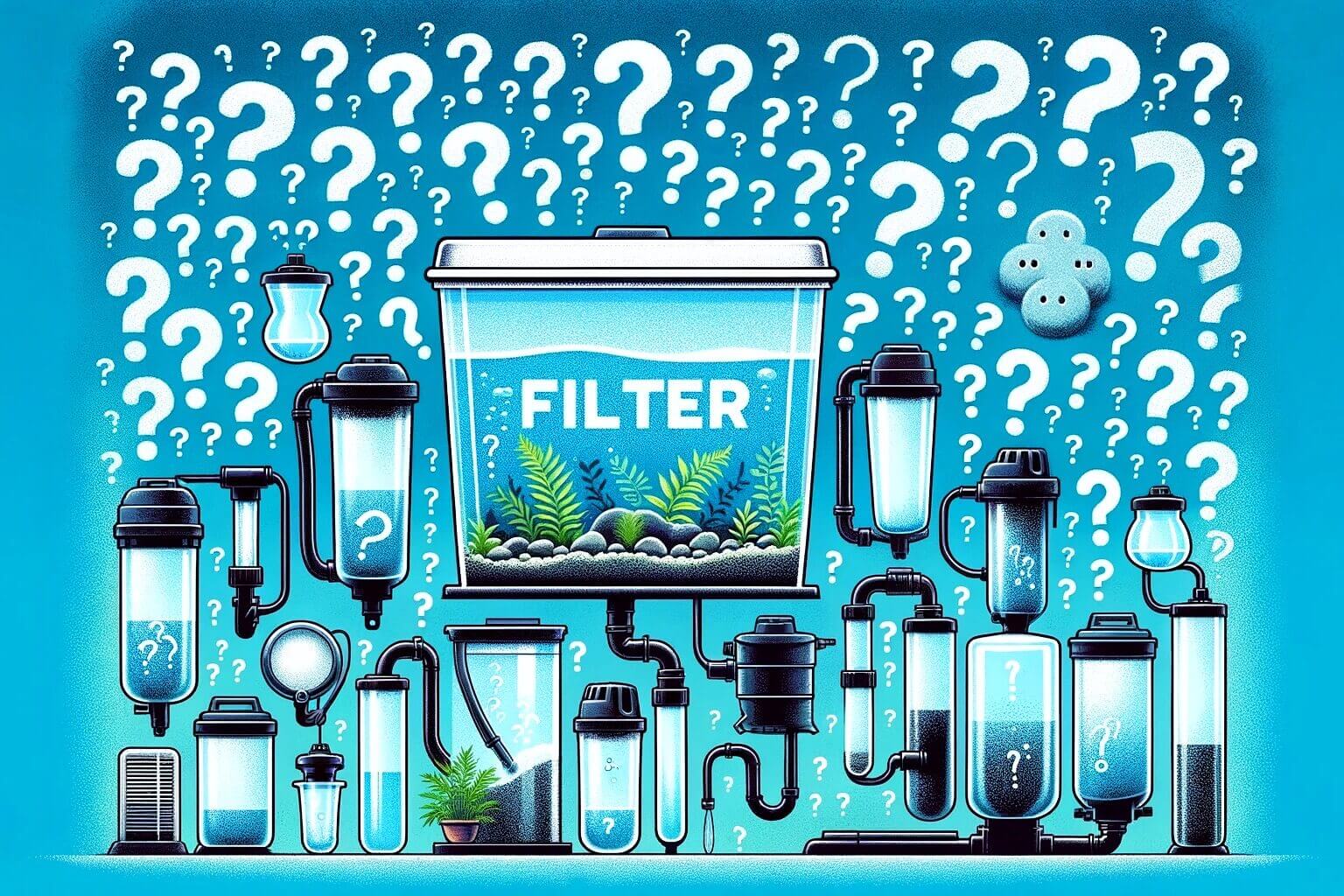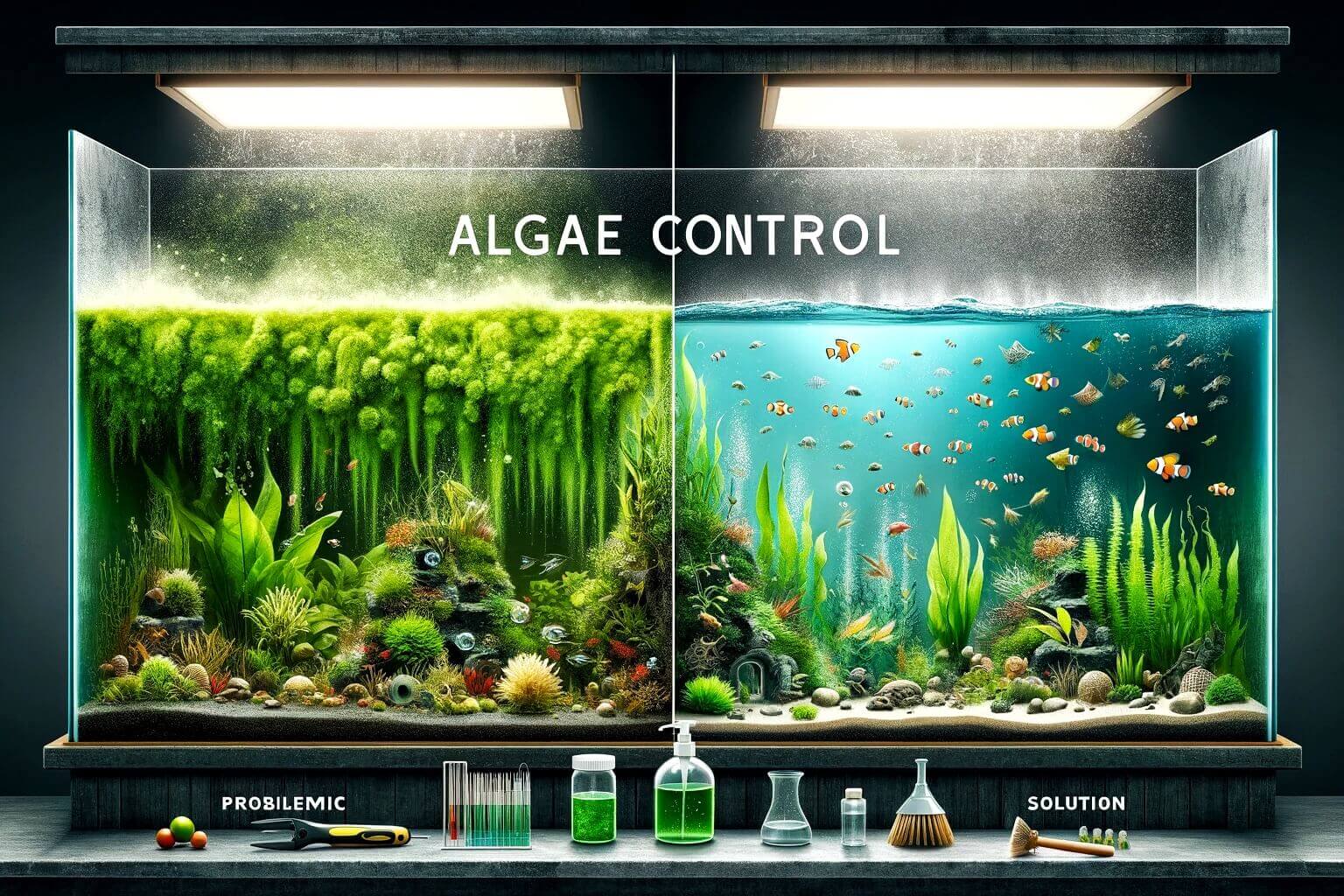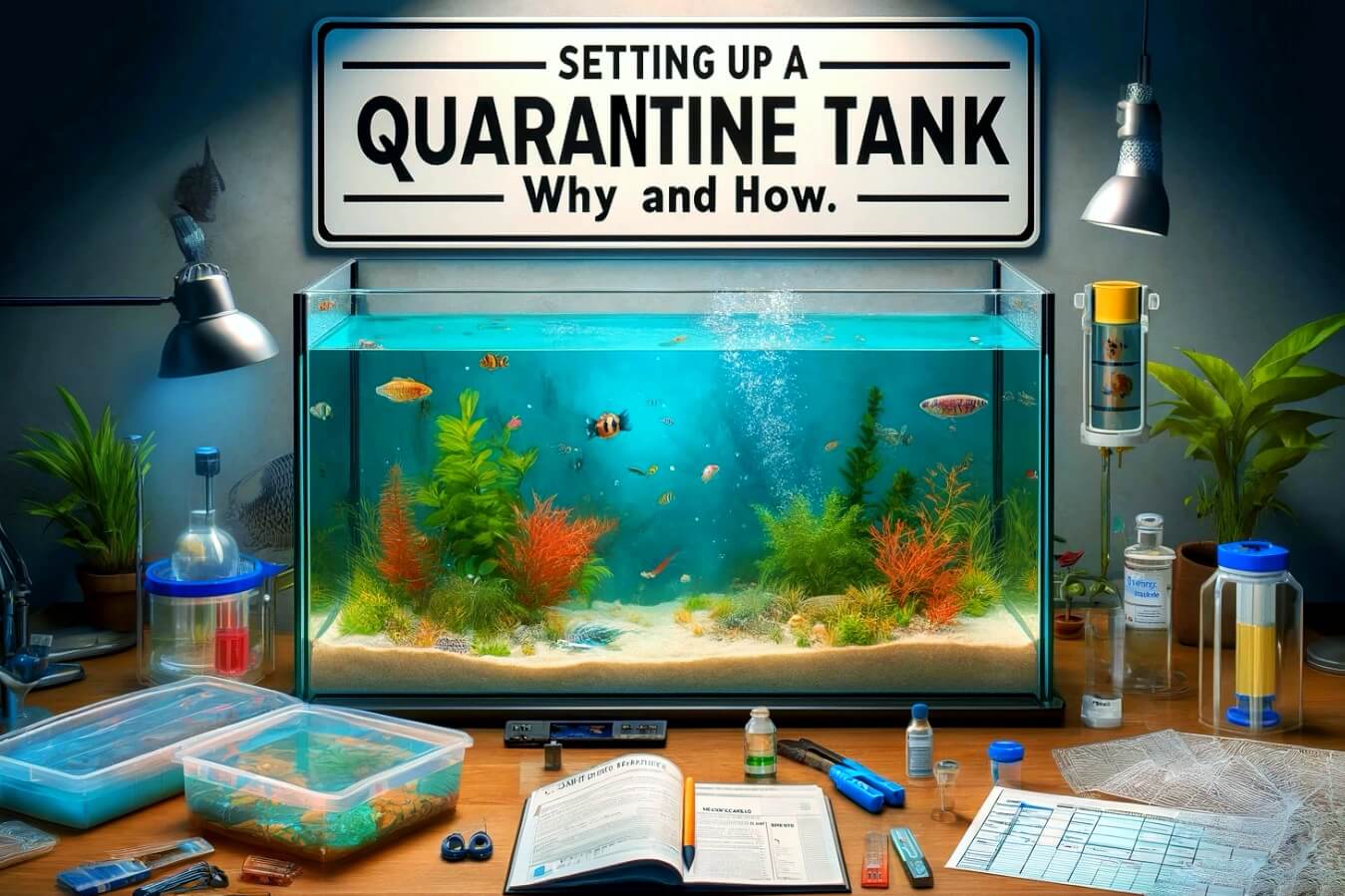Navigating New Tank Syndrome: Causes, Symptoms, and Prevention Strategies
What Is New Tank Syndrome?
Introduction:
Embarking on the journey of setting up a new aquarium is an exciting endeavour, but it comes with its challenges. One such challenge that many aquarists encounter is known as "new tank syndrome." In this comprehensive guide, we will delve into what new tank syndrome entails, its underlying causes, symptoms to watch out for, and effective prevention strategies to ensure a smooth transition for your aquatic environment.
Understanding New Tank Syndrome:
New tank syndrome is a common phenomenon that occurs in newly established aquariums during the initial cycling process. It is characterised by the presence of elevated levels of ammonia and nitrite, which can pose serious health risks to fish and other aquatic inhabitants. The syndrome arises due to the absence or insufficient levels of beneficial bacteria necessary for biological filtration.
Causes of New Tank Syndrome:
Lack of Beneficial Bacteria:
- One of the primary causes of new tank syndrome is the absence of beneficial bacteria required to establish the nitrogen cycle.
- Without these bacteria, ammonia and nitrite produced by fish waste and decaying organic matter accumulate in the aquarium, leading to toxic conditions for aquatic life.
Overstocking:
Introducing too many fish into a new aquarium can overwhelm the fledgling biological filtration system, resulting in increased ammonia and nitrite levels. Overstocking exacerbates the cycling process and prolongs the onset of new tank syndrome.
Overfeeding:
Excessive feeding contributes to elevated ammonia levels in the aquarium as uneaten food decomposes. This excess organic matter burdens the biological filtration system and hinders the establishment of a stable nitrogen cycle.
Diatom Algae:
Diatom algae, commonly known as brown algae, often appear in new aquariums as a brownish film on surfaces. While diatoms are not harmful to fish, they can be unsightly and indicate imbalanced water parameters. Diatom algae thrive in nutrient-rich environments with elevated silicate levels, typically during the early stages of aquarium maturation.
Symptoms of New Tank Syndrome:
Elevated Ammonia and Nitrite Levels:
- Increased levels of ammonia and nitrite in the aquarium water are hallmark symptoms of new tank syndrome.
- These toxic substances can stress fish, impair their respiratory function, and compromise their overall health.
Fish Stress and Respiratory Distress:
Fish may exhibit signs of stress, such as rapid breathing, lethargy, or loss of appetite, in response to poor water quality resulting from new tank syndrome. Respiratory distress is particularly common as fish struggle to cope with elevated ammonia and nitrite levels.
Cloudy Water and Algae Blooms:
Cloudy water and excessive algae growth are common indicators of imbalanced water parameters in newly established aquariums. Diatom algae, in particular, can proliferate rapidly in nutrient-rich environments, leading to unsightly brownish discolouration on surfaces.
Prevention of New Tank Syndrome:
Fishless Cycling:
- Consider cycling the aquarium without fish by adding a source of ammonia, such as fish food or pure ammonia solution.
- This method allows beneficial bacteria to colonise the tank and establish the nitrogen cycle without subjecting fish to harmful levels of ammonia and nitrite.
Adding Beneficial Bacteria:
Supplement the aquarium with beneficial bacteria products specifically designed to accelerate the cycling process. These bacterial additives introduce live bacteria cultures to jumpstart biological filtration and promote a healthy aquatic ecosystem.
Gradual Stocking:
Introduce fish to the aquarium gradually, starting with a small number of hardy species that are tolerant of fluctuating water parameters. Avoid overstocking to prevent overwhelming the biological filtration system and ensure a smooth transition for the aquarium ecosystem.
Proper Feeding Practices:
- Feed fish sparingly and remove any uneaten food promptly to prevent excess waste buildup and minimise ammonia production.
- A balanced diet and proper feeding schedule help maintain water quality and support the growth of beneficial bacteria without overloading the biological filtration system.
Managing Diatom Algae:
- To address diatom algae, maintain proper water parameters, including adequate lighting, nutrient control, and regular water changes.
- Use algae scrapers or brushes to remove diatom algae from surfaces and consider adding algae-eating organisms such as snails or algae-eating fish to help keep algae growth in check.
Conclusion:
New tank syndrome presents a common challenge for aquarium enthusiasts, but with proper understanding and proactive measures, it can be effectively managed and prevented. By cycling the aquarium without fish, adding beneficial bacteria, gradually stocking the tank, and practicing responsible feeding habits, aquarists can establish a healthy and thriving aquatic environment from the outset. Additionally, by managing diatom algae and maintaining optimal water parameters, aquarists can ensure a visually appealing and sustainable aquarium ecosystem for years to come. With these strategies in place, you'll be well-equipped to navigate the complexities of new tank syndrome and enjoy the beauty of your underwater world to the fullest.


